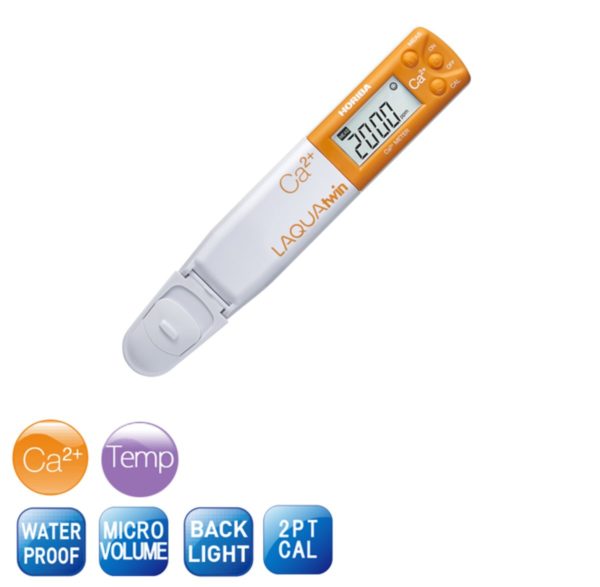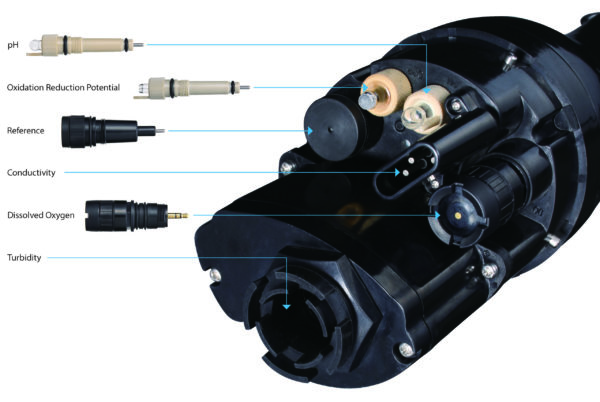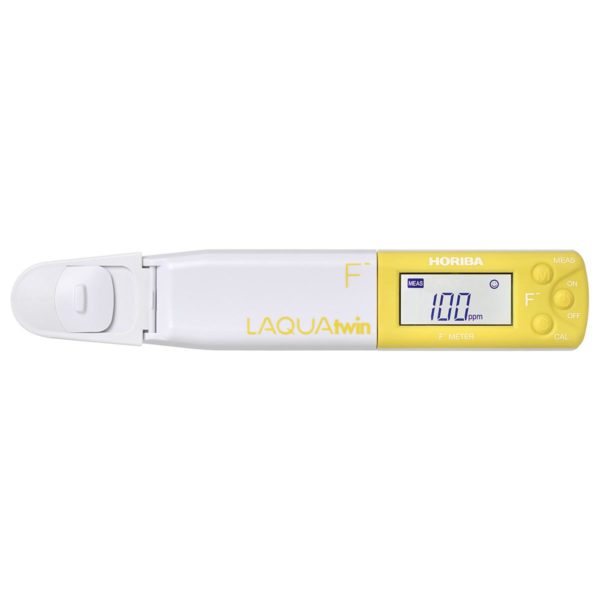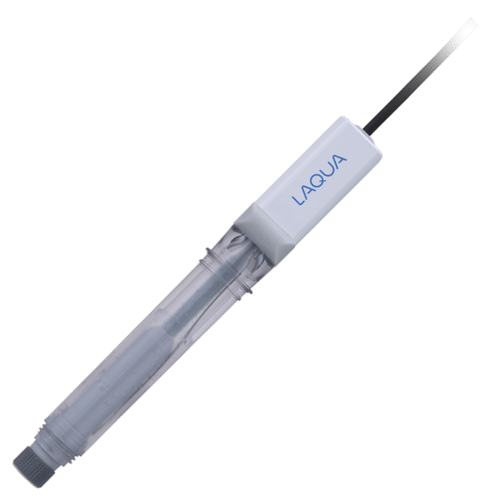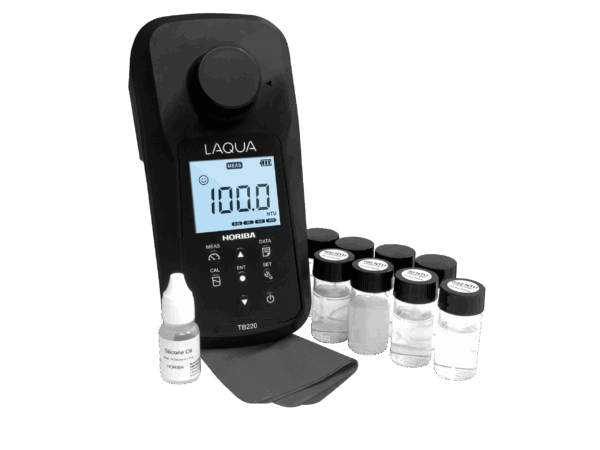Understanding Conductivity: A Key Factor in Analyzing Aqueous Solutions
Conductivity, along with pH, plays a crucial role in characterizing aqueous solutions. Essentially, conductivity measures a liquid’s ability to conduct an electric current. When substances dissolve in liquids, particularly water, they often enhance the liquid’s electrical conductivity. Thus, conductivity is a measure of the quantity of dissolved substances in a liquid.
However, it’s important to note that not all substances impact conductivity. For instance, when sugar dissolves in water, it doesn’t form ions and thus doesn’t significantly affect the solution’s conductivity.
Let’s consider natural water, a common example. Seawater has high conductivity due to its large salt content. Conversely, rain, river, and lake water in their natural states have low conductivity because they contain fewer dissolved substances. When such low-conductivity water becomes polluted, its conductivity increases. Therefore, conductivity serves as an important indicator of water pollution.
The Importance of Conductivity Measurement Across Various Fields
Environmental Monitoring
Conductivity measurement is a vital tool in environmental monitoring, particularly for assessing water pollution. When naturally low-conductivity water, such as rain, river, or lake water, becomes polluted, its conductivity rises. This makes conductivity a reliable indicator of pollution levels. Additionally, the conductivity of tap water, drinking water, and swimming pool water is regularly monitored to ensure safety and quality.
Rainwater Analysis
Monitoring rainwater pollution is crucial for environmental protection. While pH levels are often highlighted, conductivity also plays a significant role. Certain pollutants can increase conductivity without significantly affecting pH, making it an essential parameter for comprehensive rainwater analysis.
Waste Water Management
Before discharging wastewater into the environment, it must be treated to minimize contamination. Factories and sewage-treatment plants monitor conductivity 24/7 during the discharge stage to ensure compliance with environmental standards.
Salinity Measurement
In food production, salinity is measured based on the conductivity of dissolved sodium chloride. Higher conductivity indicates higher salinity, which is crucial for maintaining proper salt levels in food. Conductivity-to-salt concentration conversion is a standard method used in salt meters to help control dietary salt intake.
Semiconductor and Medical Water
In semiconductor manufacturing, ultrapure water is used to clean electronic components. Even minute impurities can affect product quality, so conductivity is constantly monitored to ensure it stays below specified levels. Similarly, purified water is used in the production of food, beverages, and pharmaceuticals, with conductivity as an indicator of purity.
Pure Water Standards
Pure water, unlike everyday tap or river water, requires the removal of dissolved substances to achieve high purity. As electrolytes are removed, water’s conductivity decreases. However, even in highly purified water, some water molecules ionize, giving a theoretical conductivity of 0.0548 μS/cm at 25°C. Ultrapure water with a conductivity of 0.06 μS/cm or lower is essential for semiconductor cleaning processes.
Hard and Soft Water
Water hardness, determined by calcium and magnesium ion content, influences taste. Although conductivity cannot directly measure hardness, high hardness correlates with high conductivity, making it a potential indicator of water quality.

